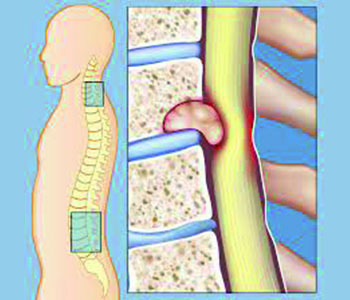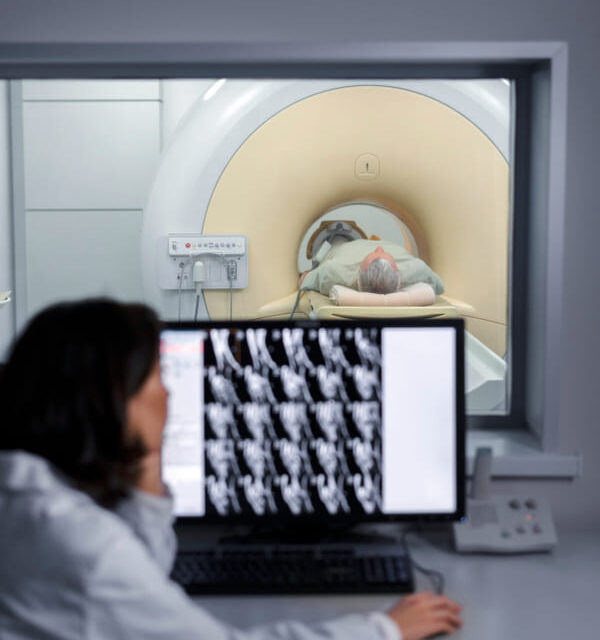Spinal tumors, also known as tumors of the spine, are growths of abnormal cells that develop in or around the spinal cord or surrounding structures. Spinal tumors can be either benign or malignant and can cause a wide range of symptoms depending on their size and location. This article will discuss the different types of spinal tumors, their symptoms, and treatment options.
Types of Spinal Tumors

Symptoms of Spinal Tumors
The symptoms of spinal tumors can vary depending on the location and size of the tumor. Some common symptoms include:
Pain – Spinal tumors can cause pain in the back or neck and radiating pain that travels down the arms or legs.
Weakness – Spinal tumors can cause weakness in the muscles of the arms or legs, which can lead to difficulty walking or performing daily activities.
Numbness – Spinal tumors can cause numbness or tingling in the arms or legs.
Bowel or bladder problems – Spinal tumors can cause problems with bowel or bladder function, such as incontinence or difficulty urinating.
Treatment of Spinal Tumors
The treatment of spinal tumors depends on the tumor’s type, location, and size. Treatment options for spinal tumors include surgery, radiation therapy, and chemotherapy.
Surgery – Surgery is often the first line of treatment for spinal tumors, as it can remove the tumor and alleviate symptoms. In some cases, surgery may be performed to biopsy the tumor and determine its type before deciding on the best course of treatment.
Radiation therapy – Radiation therapy uses high-energy radiation to kill cancer cells and shrink tumors. This type of therapy is often combined with surgery to treat spinal tumors.
Chemotherapy – Chemotherapy uses drugs to kill cancer cells throughout the body. This therapy is often used for malignant spinal tumors that have spread to other body parts.

Spinal tumors can cause a wide range of symptoms, and the treatment options depend on the type and location of the tumor. It is essential to seek medical attention if you are experiencing any symptoms of a spinal tumor, as early diagnosis and treatment can lead to better outcomes. If you have been diagnosed with a spinal tumor, discussing your treatment options with your healthcare provider to determine the best course of action for your needs is essential.
